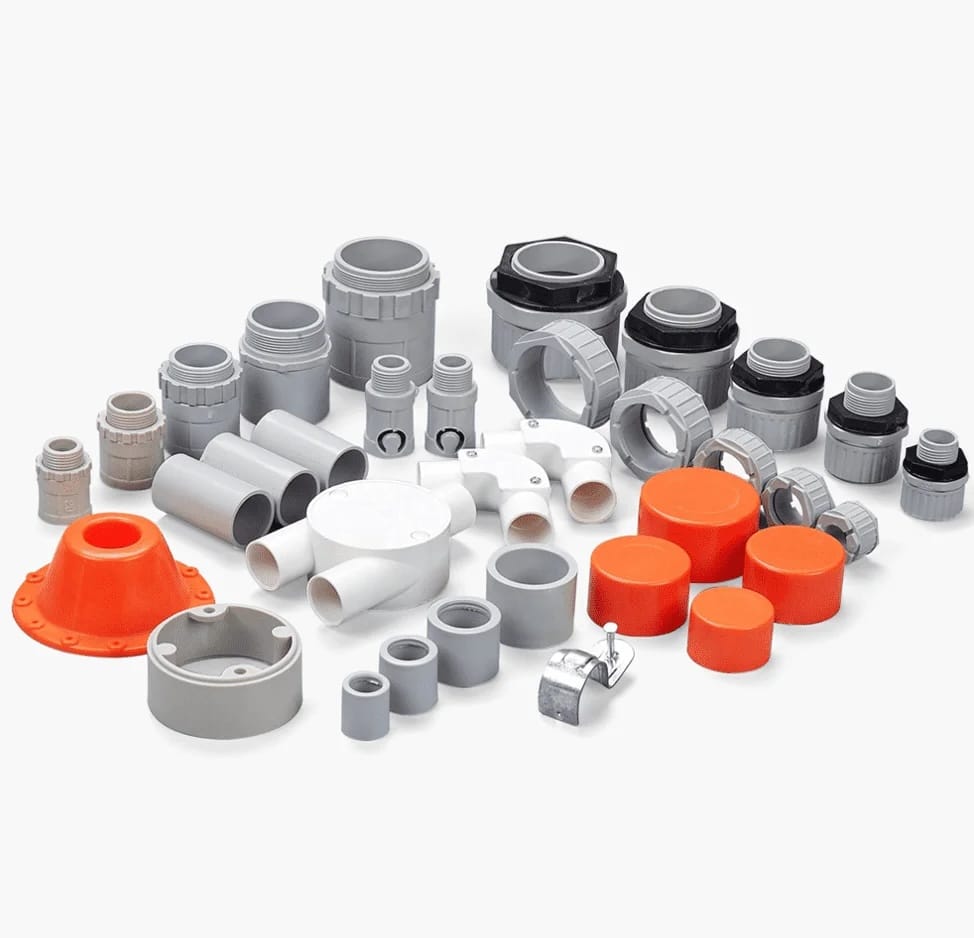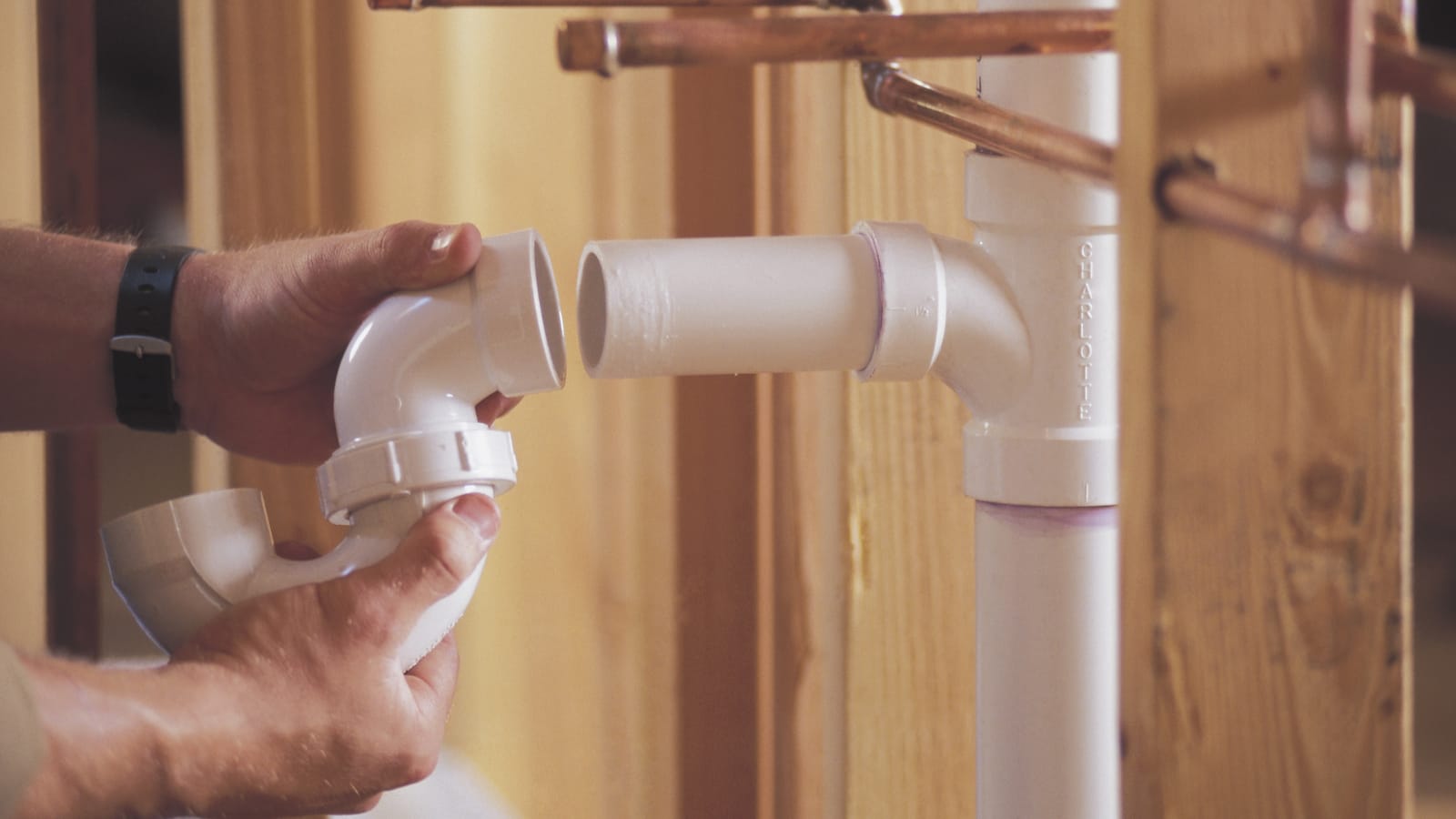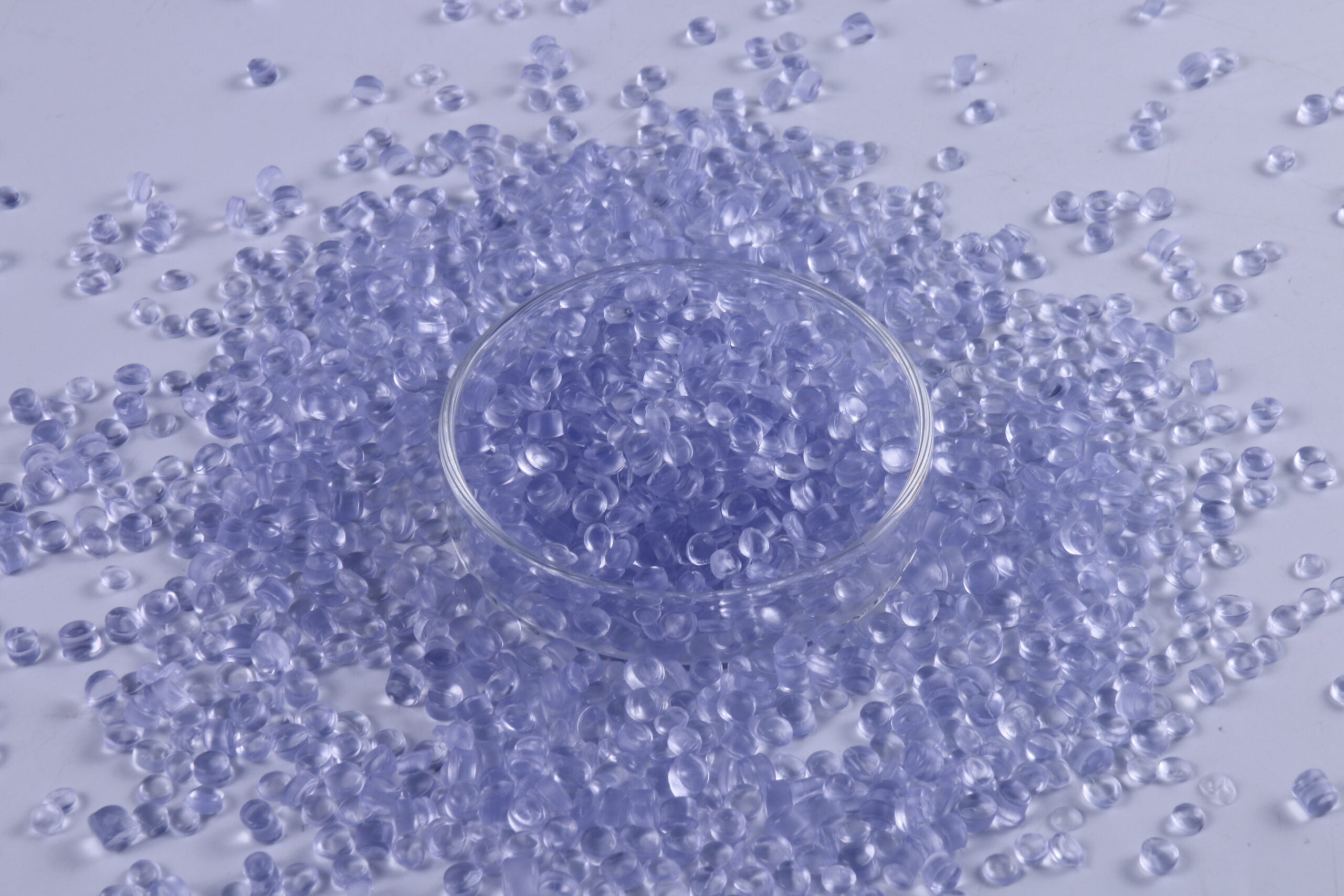What is PVC pipe fittings?
PVC pipe fittings are essential components in plumbing and piping systems, designed to connect sections of PVC pipes and facilitate the flow of fluids. Made from polyvinyl chloride (PVC), these fittings are lightweight, durable, and resistant to corrosion, making them suitable for various applications, including residential, commercial, and industrial settings.
Types of PVC Pipe Fittings
PVC fittings come in several forms, each serving specific functions:
-
Tees: These fittings have three openings, allowing for the splitting of a pipe line into two directions or connecting two lines at a right angle.
-
Crosses: Similar to tees but with four openings, crosses enable connections in multiple directions, forming a plus shape.
-
Elbows: Used to change the direction of a pipe, elbows are available in 45-degree and 90-degree angles.
-
Couplings: These are used to connect two pipes of the same diameter, providing a straightforward, seamless connection.
-
Caps and Plugs: Caps seal the end of a pipe, while plugs can be used to close off a fitting.
-
Adapters and Bushings: These fittings allow for the connection of pipes of different diameters or types.
-
Flanges: Used to connect pipes to other equipment, flanges provide a strong, secure joint and are often bolted together.

Advantages of PVC Pipe Fittings
-
Lightweight and Easy to Install: PVC fittings are easy to handle and can be installed using solvent cement, which does not require special tools.
-
Corrosion Resistance: PVC does not rust or corrode, making it ideal for various environments, including those with moisture.
-
Cost-Effective: Compared to other materials, PVC fittings are generally less expensive, making them a popular choice for plumbing projects.
-
Versatility: They can be used in a wide range of applications, from drainage systems to irrigation.
-
Temperature Resistance: PVC fittings typically operate effectively within a temperature range of 0 to 60 degrees Celsius (32 to 140 degrees Fahrenheit) [1][2][3][4].

Installation Considerations
When installing PVC pipe fittings, proper preparation and technique are crucial to avoid leaks and ensure long-lasting connections. Key steps include:
-
Cutting the Pipe: Ensure clean, square cuts to maximize the surface area for bonding.
-
Using Primer and Cement: Apply PVC primer before cementing to prepare the surfaces and enhance bonding.
-
Alignment: Mark the orientation of pipes and fittings before applying cement to ensure correct alignment during installation [3][5].
In summary, PVC pipe fittings are versatile, cost-effective, and easy to install, making them a staple in plumbing and piping systems across various applications.

Citations:
[1] https://proteusfittings.co.uk/product-category/pvc-pipes-valves-fittings/pvc-pipe-fittings/
[2] https://en.lesso.com/blogs/pvc-pipe-fitting-types/
[4] https://www.plasticpipeshop.co.uk/PVC-Pipe-and-Fittings_c_492.html
[6] https://www.pipestock.com/pvc/pvc-pipe-fittings-inch
[7] https://www.pvcfittingsonline.com/resource-center/pipe-fittings-sizes-guide/





